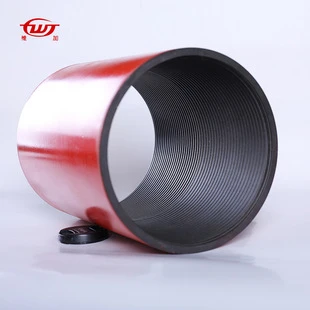- Afrikaans
- Albanian
- Amharic
- Arabic
- Armenian
- Azerbaijani
- Basque
- Belarusian
- Bengali
- Bosnian
- Bulgarian
- Catalan
- Cebuano
- Corsican
- Croatian
- Czech
- Danish
- Dutch
- English
- Esperanto
- Estonian
- Finnish
- French
- Frisian
- Galician
- Georgian
- German
- Greek
- Gujarati
- Haitian Creole
- hausa
- hawaiian
- Hebrew
- Hindi
- Miao
- Hungarian
- Icelandic
- igbo
- Indonesian
- irish
- Italian
- Japanese
- Javanese
- Kannada
- kazakh
- Khmer
- Rwandese
- Korean
- Kurdish
- Kyrgyz
- Lao
- Latin
- Latvian
- Lithuanian
- Luxembourgish
- Macedonian
- Malgashi
- Malay
- Malayalam
- Maltese
- Maori
- Marathi
- Mongolian
- Myanmar
- Nepali
- Norwegian
- Norwegian
- Occitan
- Pashto
- Persian
- Polish
- Portuguese
- Punjabi
- Romanian
- Russian
- Samoan
- Scottish Gaelic
- Serbian
- Sesotho
- Shona
- Sindhi
- Sinhala
- Slovak
- Slovenian
- Somali
- Spanish
- Sundanese
- Swahili
- Swedish
- Tagalog
- Tajik
- Tamil
- Tatar
- Telugu
- Thai
- Turkish
- Turkmen
- Ukrainian
- Urdu
- Uighur
- Uzbek
- Vietnamese
- Welsh
- Bantu
- Yiddish
- Yoruba
- Zulu
Understanding Casing Collars in Oil and Gas Operations for Enhanced Performance and Safety
Understanding Casing Collars in Oil and Gas Operations
Casing collars play a crucial role in the oil and gas industry, particularly during the drilling and well completion phases. They are integral components of the well casing system, which serves to stabilize the wellbore, prevent the collapse of the formation, and protect groundwater from contamination. In this article, we will explore the significance of casing collars, their design, and their applications in the field.
At its core, a casing collar is a thickened section of a casing string, usually located at specific intervals along the casing. These collars serve multiple purposes, including providing a mechanical barrier, enabling proper alignment during the casing installation, and allowing for efficient cementing practices. Casing collars are typically manufactured from heavy-duty steel to withstand the high pressures and harsh conditions encountered underground.
One of the primary functions of casing collars is to act as a stopping point for the cement that is pumped into the annulus between the casing and the wellbore
. When cement is injected into the well, it fills the space around the casing to form a secure barrier, preventing fluid migration between different geological layers. The collar's diameter is carefully designed to maintain the integrity of this process, ensuring that the cement effectively adheres to the casing and the surrounding formation.casing collar

Additionally, casing collars provide reference points for various operations such as logging and perforating. By marking specific intervals on the casing string, operators can accurately identify the depth of certain formations and plan their drilling strategies accordingly. This precision is vital, especially in complex reservoirs where multiple layers of rock may contain both oil and gas pockets.
In terms of design, casing collars come in various sizes and configurations depending on the specific requirements of the well. Some are designed with additional features, such as threads for connecting casing sections or built-in centralizers to enhance cement placement. The choice of collar type often depends on factors such as well depth, formation pressure, and the type of fluid being produced.
The importance of casing collars extends beyond their mechanical functions. They are also integral to ensuring safety and environmental protection. By providing a secure barrier, casing collars help minimize the risk of blowouts and leaks, which can lead to catastrophic consequences for both personnel and the environment. Regulatory compliance often mandates careful planning and execution of casing programs, emphasizing the need for reliable and well-designed casing collars.
In conclusion, casing collars are fundamental components of oil and gas well construction and completion. Their ability to provide structural integrity, facilitate cementing operations, and mark critical intervals make them indispensable in the industry. A thorough understanding of their design, function, and application is essential for operators and engineers alike to ensure safe and efficient drilling operations. As the industry continues to evolve with advancing technologies, the role of casing collars will remain pivotal in achieving successful well outcomes while adhering to safety and environmental standards.
-
Tubing Pup Joints: Essential Components for Oil and Gas OperationsNewsJul.10,2025
-
Pup Joints: Essential Components for Reliable Drilling OperationsNewsJul.10,2025
-
Pipe Couplings: Connecting Your World EfficientlyNewsJul.10,2025
-
Mastering Oilfield Operations with Quality Tubing and CasingNewsJul.10,2025
-
High-Quality Casing Couplings for Every NeedNewsJul.10,2025
-
Boost Your Drilling Efficiency with Premium Crossover Tools & Seating NipplesNewsJul.10,2025







